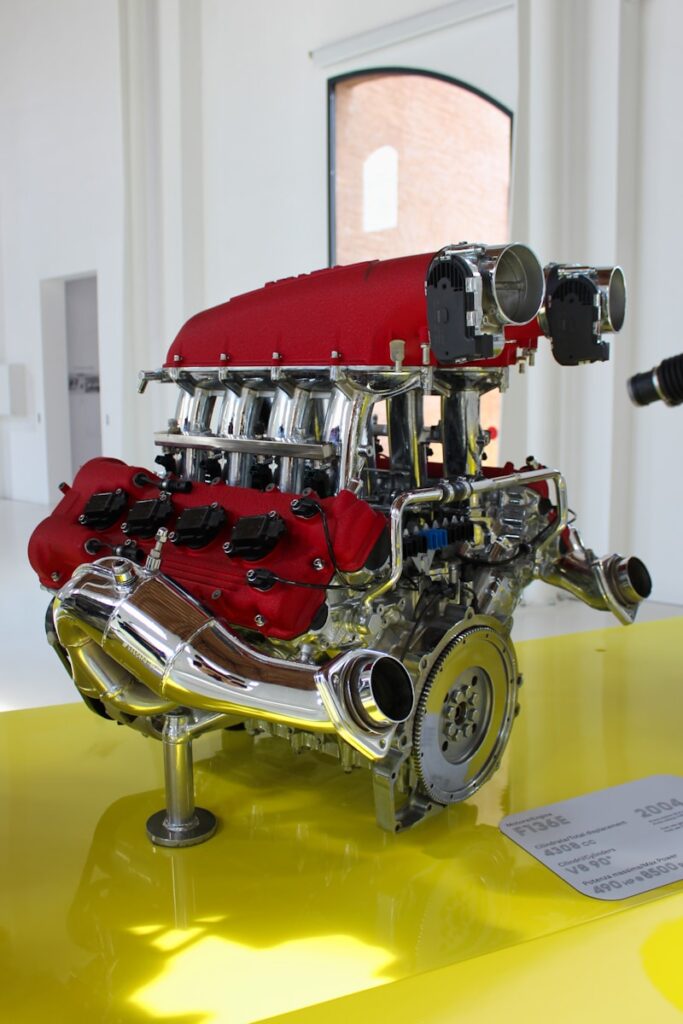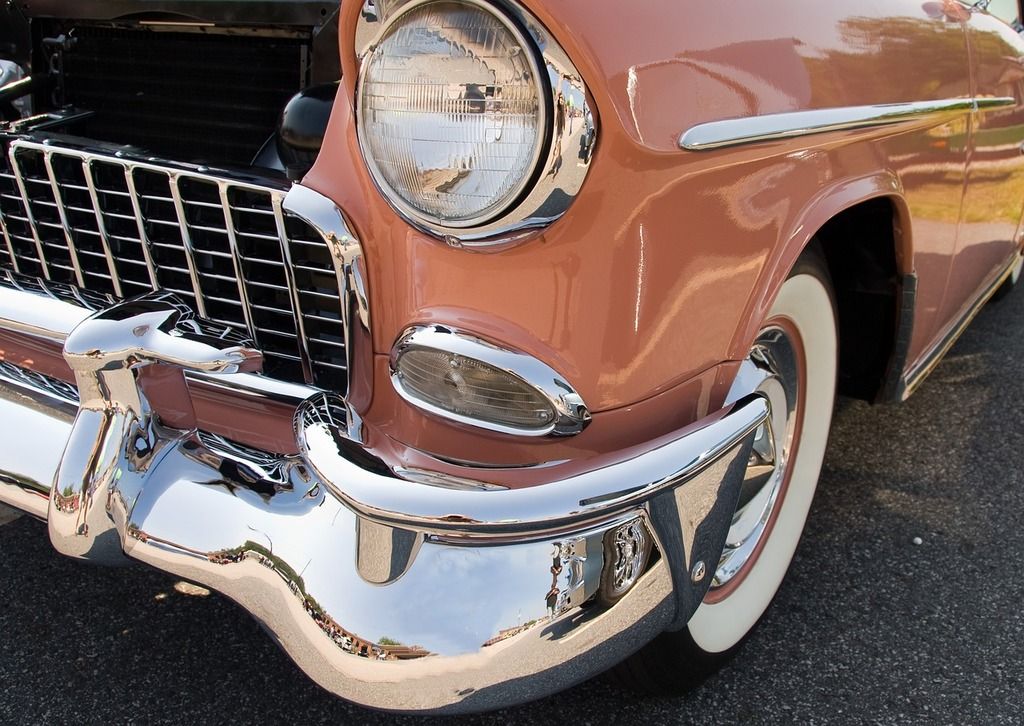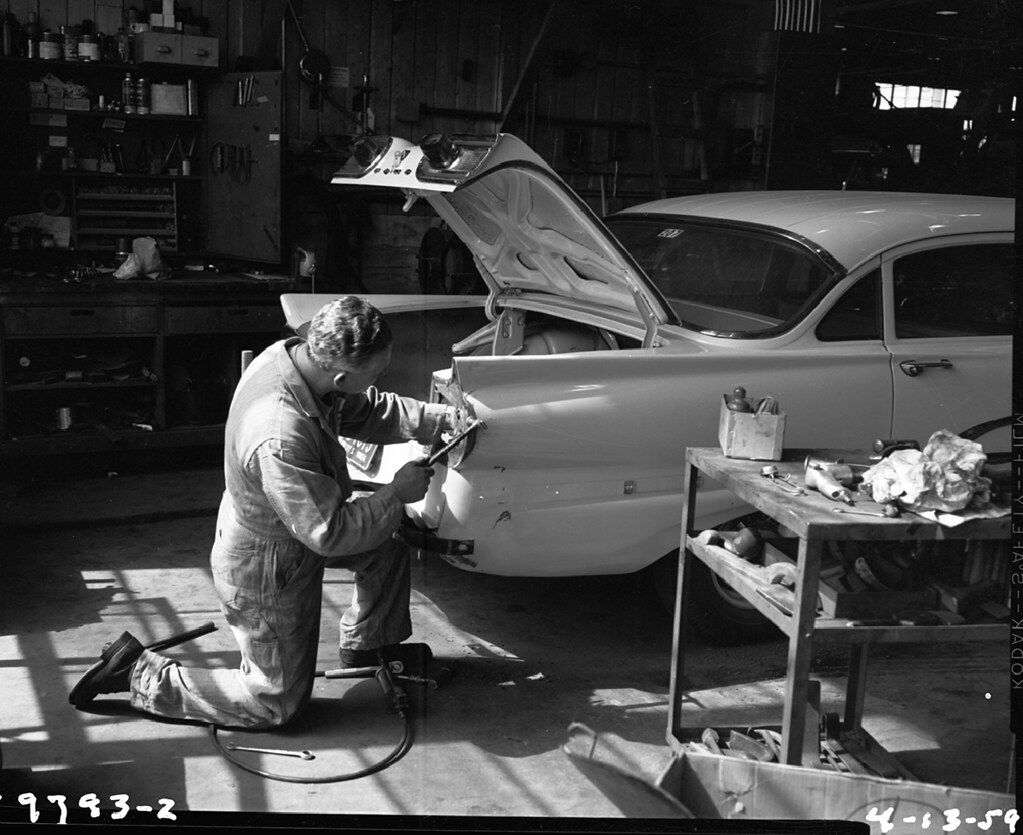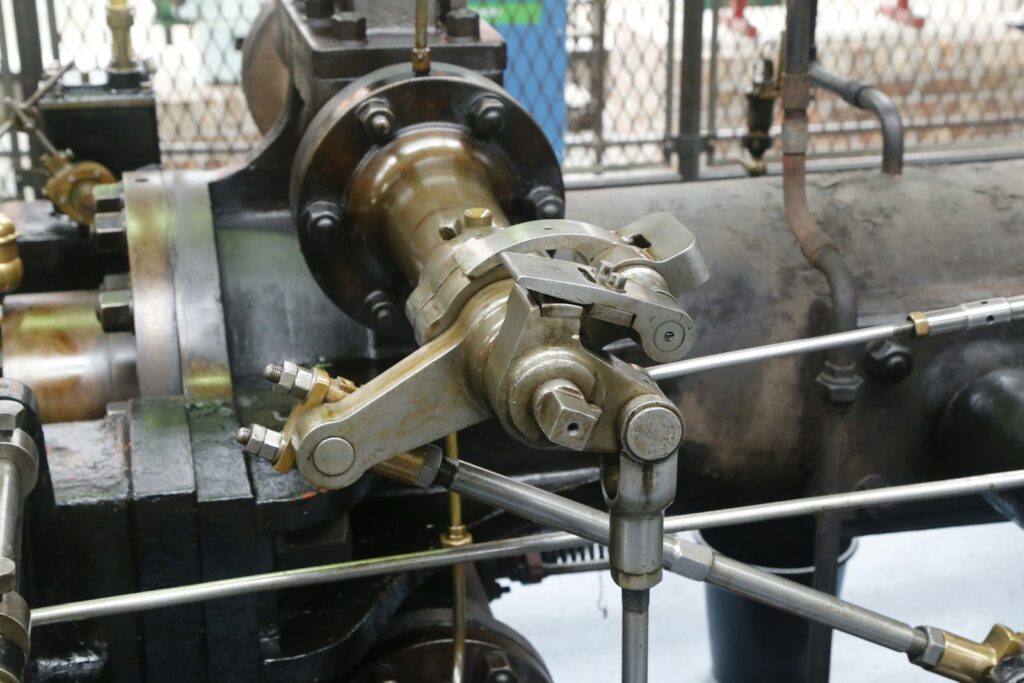
In recent years, a troubling trend has taken hold across the country, leaving countless vehicle owners frustrated and out of pocket: catalytic converter theft. This isn’t just a minor inconvenience; it’s a costly crime that can leave your vehicle inoperable and require extensive, expensive repairs. With the number of thefts on the rise, understanding why these critical components are targeted and, more importantly, what you can do to protect your vehicle, has become absolutely essential.
Indeed, the statistics paint a stark picture of the problem’s scale. More than 10,000 catalytic converters were reported stolen in 2020 alone, and this number surged dramatically, with the National Insurance Crime Bureau (NICB) reporting roughly 28,000 thefts in 2023, following a peak of 64,700 in 2022. The cost to replace a stolen catalytic converter can range anywhere from $1,000 to $3,000 USD, covering both the part and labor. This significant financial hit highlights why prevention is not just advised, but critical.
Thieves target catalytic converters for a straightforward reason: they contain valuable precious metals such as platinum, palladium, and rhodium. These metals, crucial for converting harmful exhaust gases into less toxic emissions, fetch high prices on the black market. Rhodium, in particular, is incredibly valuable, costing over $4,600 per ounce, having peaked at $29,000 in 2021. Given that these devices are typically located on the underside of a vehicle and can be removed in minutes with basic battery-powered tools, they present an attractive and easy target for criminals. But don’t despair! Mechanics and law enforcement agree: there are numerous effective, practical steps you can take to make your vehicle a less appealing target. Let’s dive into some of the best strategies to keep your catalytic converter safe.

1. **Paint Your Catalytic Converter a Bright Color**One of the simplest yet surprisingly effective deterrents against catalytic converter theft involves a bit of high-heat paint. The idea behind painting your converter a bright, easily identifiable color is to make it less attractive to thieves and more difficult for them to sell. Scrapyards are often wary of purchasing parts that appear to be stolen, and a brightly painted converter can serve as an immediate red flag, signaling its potentially illicit origin. This simple visual cue can significantly reduce the likelihood of your vehicle being targeted, as thieves prefer parts that can be quickly and anonymously offloaded.
To implement this method, you’ll need a can of high-heat spray paint, preferably in red or orange, to withstand the extreme temperatures your exhaust system generates. Begin by safely jacking up your vehicle to gain easy access to the catalytic converter. Once you’re underneath, locate the cylindrical piece on your main exhaust line. Before painting, it’s crucial to scrub the converter clean with a scouring pad and rubbing alcohol to ensure proper paint adhesion. A clean surface will allow the paint to bond effectively and last longer, providing continuous protection.
After preparation, apply two to three coats of the high-heat spray paint, aiming for a clean, even appearance. This process not only marks your converter but also acts as a visible deterrent to anyone attempting to inspect your vehicle’s underside. The Los Angeles Police Department, for instance, has embraced a similar strategy, often combining bright paint with VIN etching to create an undeniable visual warning. This approach helps authorities quickly identify stolen parts, making it a powerful tool in combating theft and increasing the chances of recovery.
By taking this straightforward step, you’re essentially making your catalytic converter “too hot to handle” for opportunistic thieves. The bright color makes it easily identifiable as potentially stolen goods, increasing the risk for those attempting to resell it. This added layer of visibility can be the difference between your converter remaining securely attached to your vehicle or becoming another statistic in the rising tide of automotive crime.
Read more about: Mastering the Undercarriage: Your 14-Step Guide to Spotting Rust Damage on Any Used SUV Before You Buy
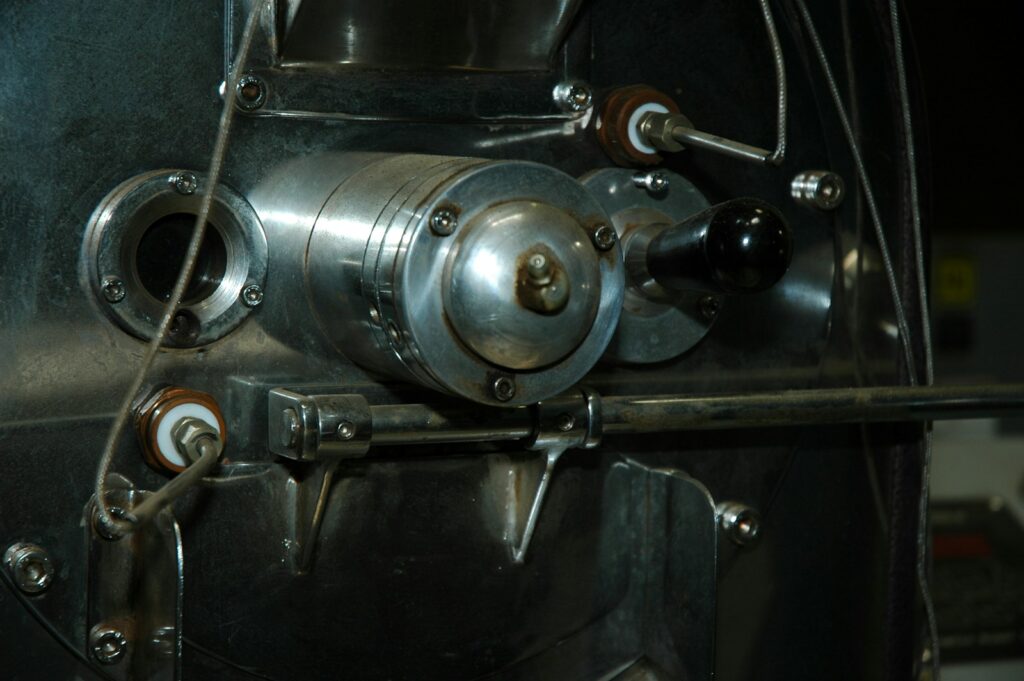
2. **Engrave Your VIN Onto Your Catalytic Converter**Beyond a splash of paint, engraving your Vehicle Identification Number (VIN) directly onto your catalytic converter provides another layer of security and traceability. Much like painting, VIN etching makes stolen converters significantly harder for thieves to sell through legitimate channels, as scrapyards and buyers become more cautious when encountering parts with clear identifying marks. This method transforms the anonymous component into a uniquely identifiable piece of your vehicle, linking it directly back to you and making its sale much riskier for criminals.
To engrave your VIN, first, locate your vehicle’s VIN, which can typically be found at the base of the dashboard or on your vehicle’s registration documents. Once you have the number, safely get underneath your vehicle to access the catalytic converter. You will need an engraving tool to carve the number directly onto the converter’s surface. It’s advisable to carve the VIN in a few different places on the converter to ensure maximum visibility and durability, even if parts of it are obscured or damaged.
This proactive step serves as a powerful disincentive. Catalytic converters with VINs carved into them are harder for thieves to move in the illicit market, causing them to reconsider targeting vehicles protected in this manner. The Los Angeles Police Department, as part of its comprehensive anti-theft initiatives, utilizes this exact technique, often accompanied by an LAPD placard template and high-temperature paint. This visible deterrent, as LAPD Capt. Gary Walters explained, applies “not only the VIN etch, but we apply this LAPD warning… to potential thieves who get underneath these cars looking to steal the catalytic converters.”
The etching process provides a permanent, undeniable link between the converter and your vehicle. Should the part be recovered, the engraved VIN greatly simplifies the process of returning it to its rightful owner and aids law enforcement in prosecuting offenders. It’s a practical, actionable step that enhances the deterrent effect and provides crucial assistance in the event of theft, transforming a vulnerable part into one that carries a strong identifier.
Read more about: Consumer Alert: Uncovering the Top 12 Car Parts Thieves Steal and How to Safeguard Your Vehicle
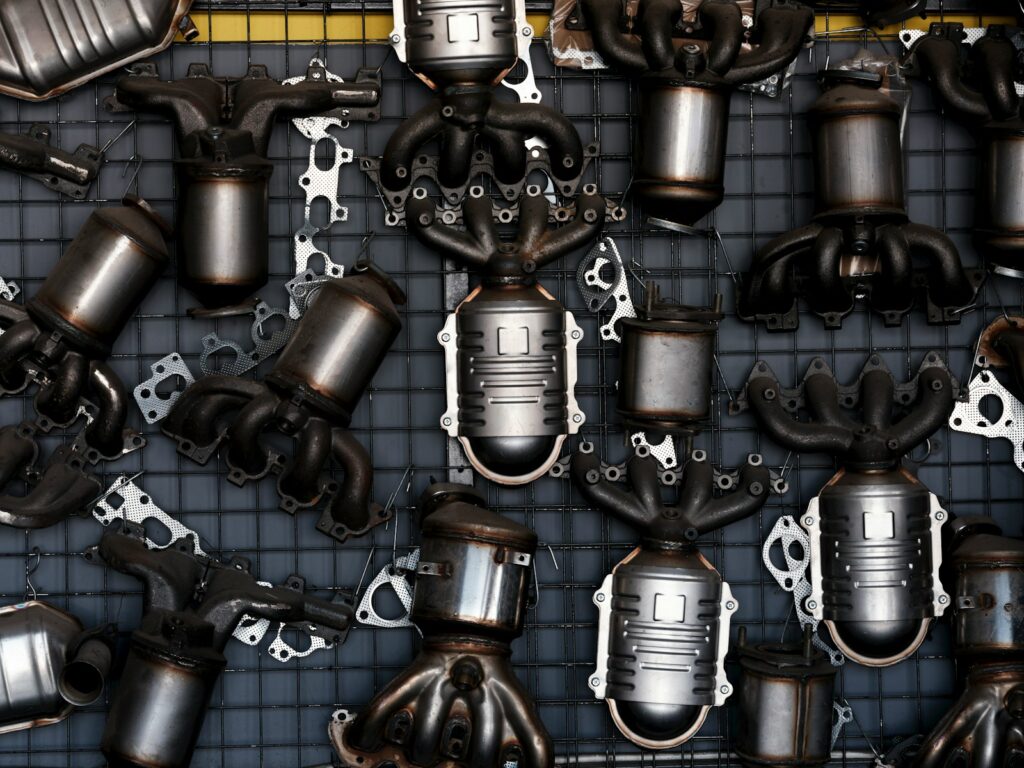
3. **Increase Your Vehicle Alarm’s Sensitivity**Vehicle alarm systems have long been a first line of defense against car theft, and they can be particularly effective in deterring catalytic converter thieves if properly configured. The key here is not just having an alarm, but ensuring its sensitivity is finely tuned to detect the specific movements associated with catalytic converter theft. Thieves typically need to lift or tilt a vehicle to gain access to the converter, and a well-calibrated alarm can trigger at the slightest disturbance, alerting you and potentially scaring off the perpetrators before any damage is done.
Many modern vehicles come equipped with adjustable alarm settings, allowing owners to customize their sensitivity levels. The first step is to consult your vehicle’s manual to determine if this feature is available and how to access it. If your vehicle does offer an adjustable setting, increasing its sensitivity is a crucial move. This adjustment means the alarm will be more prone to activate if someone attempts to jack up or otherwise manipulate your vehicle to reach the catalytic converter, providing a vital early warning system.
If your vehicle lacks an integrated alarm system or its settings are not adjustable, consider installing an aftermarket car alarm specifically designed to detect vibrations or tilting. These specialized alarms are engineered to be highly sensitive to the movements typical of catalytic converter theft, offering a robust layer of protection. Such systems act as an acoustic deterrent, broadcasting a loud noise that draws attention and makes it extremely uncomfortable for thieves to continue their work, often forcing them to abandon their attempt and seek easier targets.
An effective alarm system is a proactive measure that leverages noise and attention to its advantage. Thieves prefer to work in silence and anonymity, making a blaring car alarm their worst nightmare. By increasing your vehicle’s alarm sensitivity, or investing in a specialized aftermarket system, you transform your car from an easy mark into a noisy challenge, significantly upping the ante for anyone attempting to steal your catalytic converter. This small adjustment can pay dividends in peace of mind and protection.
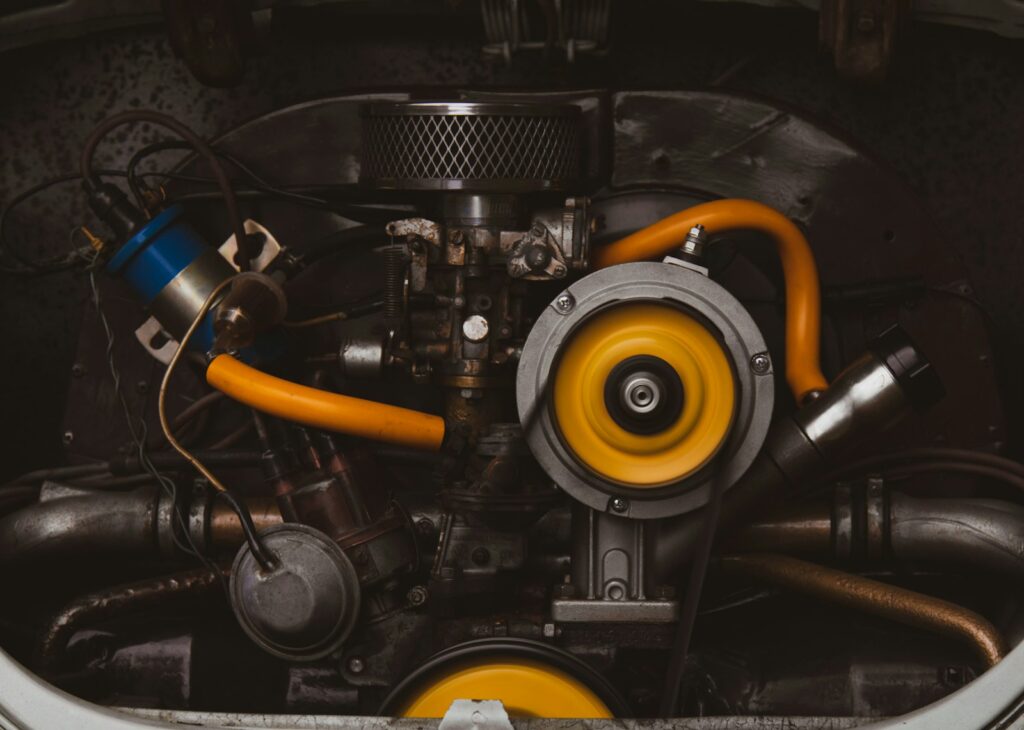
4. **Weld the Catalytic Converter to the Frame**For a more robust and permanent physical deterrent, welding your catalytic converter directly to your vehicle’s frame or exhaust system can make it exceptionally difficult for thieves to remove. Many catalytic converters are secured with bolts, which, unfortunately, can be quickly unscrewed by a thief armed with the right tools. By eliminating these easy access points, welding creates a significant obstacle that most opportunistic criminals simply won’t have the time or equipment to overcome.
The most common scenario where welding is effective is when your catalytic converter is bolted onto your exhaust system. In such cases, a skilled mechanic can weld the existing pieces together, essentially fusing them into a single, seamless unit. This eliminates the vulnerable bolts, turning what was a simple unbolting job into a much more complex and time-consuming cutting operation. For thieves operating under pressure and against the clock, this added difficulty is often enough to send them looking for an easier target.
Alternatively, if direct welding isn’t feasible or preferred, extra pieces of sheet metal can be welded over the bolts themselves. This effectively covers and protects the fasteners, preventing thieves from accessing them with wrenches or power tools. Both methods achieve the same goal: making the removal process significantly more involved and discouraging rapid theft. If you’re not comfortable performing welding yourself—and for most vehicle owners, professional assistance is highly recommended—a trusted mechanic can easily carry out this modification.
While this method provides excellent security, it’s important to acknowledge that it does have a long-term implication. If your catalytic converter ever needs replacement, the welds will need to be cut through, adding a step to the repair process. However, the upfront security benefit often outweighs this minor future inconvenience, as the primary goal is to prevent theft in the first place. Most mechanics are equipped to handle this and can seamlessly manage future replacements if necessary, ensuring your vehicle remains protected and functional.
Read more about: The Unbiased Truth: Your Definitive Guide to Over 14 Critical Checks Before Buying a Used Car
5. **Install an Anti-Theft Shield or Cage**When it comes to physical barriers against catalytic converter theft, installing a purpose-built anti-theft shield or cage is an incredibly effective solution. These devices are essentially custom-fitted pieces of metal, often made from steel or aluminum, designed to completely encase your catalytic converter, making it inaccessible to cutting tools. They act as a robust physical barrier that adds considerable time and effort to any theft attempt, effectively deterring most criminals who thrive on quick, unobstructed access.
An anti-theft shield or cage works by creating a protective shell around the converter. These devices are typically bolted directly onto your vehicle’s frame, securing them firmly in place. The design ensures that even if a thief gets under your car, they are confronted with a solid barrier that prevents them from reaching the converter with a reciprocating saw or other cutting instruments. The increased resistance and the extra time required to penetrate such a barrier are usually enough to discourage thieves, as their primary motivation is a fast, easy score.
When considering installation, it’s advisable to discuss options with your mechanic. While some shields are available for DIY installation, professional installation ensures the device is correctly fitted and securely bolted to your vehicle’s frame for maximum effectiveness. Mechanics may also have access to specialized anti-theft devices or custom fabrication options that aren’t readily available off the shelf, providing an even more tailored and secure solution for your specific vehicle make and model.
Read more about: Unlocking the Secrets of Auto Theft: The 14 Most Common Ways Expensive Sports Cars and High-Value Vehicles Vanish in the U.S.
These physical barriers are widely recognized as one of the most effective ways to prevent theft because they directly address the ease of access that makes catalytic converters such a frequent target. The mere presence of a visible shield or cage can act as an immediate deterrent, signaling to potential thieves that your vehicle is not an easy target. By making your catalytic converter inconvenient and time-consuming to steal, you dramatically reduce its appeal to criminals, protecting your investment and preventing costly repairs down the line.


